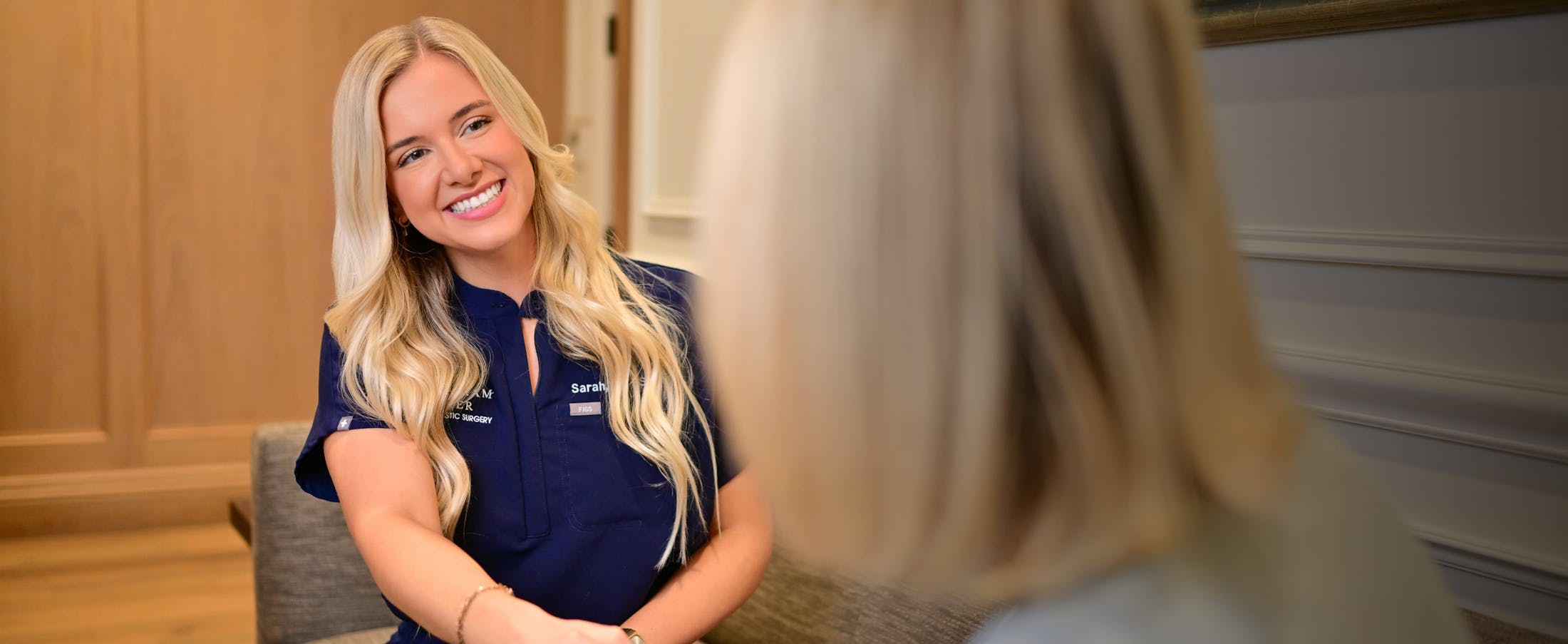

There’s a reason people say that some things are “as plain as the nose on your face.” When we look at each other, one of the first features we see is the nose. That’s one of the reasons rhinoplasty remains one of the most popular types of plastic surgery. The surgery changes the way the nose looks, often helping to improve the patient’s overall appearance.
While many people decide to have rhinoplasty for cosmetic reasons, there are also functional reasons to consider nasal surgery. If you have trouble breathing, sinus issues, or an old injury, then rhinoplasty might be a good option for you. Here are some of the most common reasons people get a nose job.
Fix a Deviated Septum
The nasal cavity is divided into two equal parts by the septum, a vertical piece of bone and cartilage. In most people, the septum slightly deviates, meaning it leans over to one side of the nasal cavity or the other. Usually, a slight deviation isn’t a big deal. In mild cases, a person might not even know that they have a deviated septum.
A severely deviated septum, on the other hand, can cause breathing problems and make life extremely unpleasant. If the septum leans too far over to one side, it can block the nasal cavity. The blockage can make it difficult to breathe through one of the nostrils. In many cases, deviation and breathing difficulties become more pronounced when the person has a cold or allergies.
Other issues caused by a deviated septum can include nosebleeds, pain on one side of the face and snoring.
Surgery to correct a deviated septum is called septoplasty. During septoplasty, a plastic surgeon will make adjustments to the septum to improve airflow through the nostrils and reduce other symptoms, such as recurring nosebleeds.
Although septoplasty can be performed on its own, many people decide to combine it with a cosmetic rhinoplasty to make other changes to the nose, such as reducing the size of the nostrils or removing a bump or hump.
Correct an Injury to the Nose
Since the nose has such a prominent position, it is more vulnerable to injury than most other facial features. Nasal injuries can occur during all kinds of activities, including when playing sports, after a car accident, or as a result of tripping and falling.
While in some cases, the nose is able to heal on its own without issues, in others, visible changes can remain even after the nasal fracture has healed and any bruising or swelling has faded. For example, a broken and healed nose might remain crooked or a person might develop breathing issues after a sports injury.
Rhinoplasty can correct physical changes to the nose that occur as a result of an injury. The surgery can straighten a nose that has become crooked or smooth away any bumps that form as a result of a fracture. If you’ve developed functional problems with your nose after an injury, your plastic surgeon might perform septoplasty to fix a deviated septum or employ another type of functional rhinoplasty to help you breathe easily once again.
Change the Size of Your Nose
Since it has a prominent position on your face, right in the front and center, the size of your nose can influence how the rest of your facial features look. If your nose is large, it can visually shrink your other features, such as your eyes. If it’s small, your nose can make your chin and jaw look overly prominent.
Both surgical and non-surgical, “liquid” rhinoplasty can change the size of your nose. A liquid rhinoplasty can be a good option if you’re not sure you want to commit to changes permanently or if you want to see how the changes will look before you decide to have surgery. During a non-surgical rhinoplasty, your plastic surgeon can use injectable dermal fillers to increase the size of the nose, smooth bumpy areas, or fill in divots.
If your nose is very large and prominent, you’ll most likely want to have a surgical nose job to alter its size. While liquid rhinoplasty can augment a smaller nose, it isn’t able to reduce the size of a large nose.
Fix Sinus Problems
Chronic sinus problems can contribute to trouble breathing and ongoing sinus infections. While rhinoplasty isn’t the same thing as sinus surgery, there are cases when a functional rhinoplasty can help to alleviate a person’s ongoing sinus issues.
Some people with chronic sinusitis have developed enlarged turbinates. The turbinates are located inside of the nose and help to add moisture to the air you breathe in. Ongoing inflammation in the sinuses can cause the turbinates to become enlarged, which can then make it difficult to breathe. During functional rhinoplasty, a plastic surgeon can also perform turbinate reduction, help to reduce sinus symptoms and improve breathing.
Improve Facial Harmony
While rhinoplasty offers many functional benefits to patients, it can also be performed for purely cosmetic reasons. If your nose is crooked, your nostrils are enlarged, or there’s a bump on your nose, it can affect your overall appearance and disrupt your facial harmony. A nose job can straighten your nose, change the size and shape of your nostrils, and adjust the angle or the projection of the nose.
It’s possible to get double the benefits from your rhinoplasty surgery. You can have a nose job to improve the function of your nose as well as its appearance. Dr. Edward Buckingham is a board-certified facial plastic surgeon with extensive experience in performing both cosmetic and functional rhinoplasty surgeries. To learn more about how a nose job could help you, call 512.401.2500 to schedule a consultation with Dr. Buckingham at his practice in Austin, Texas.


